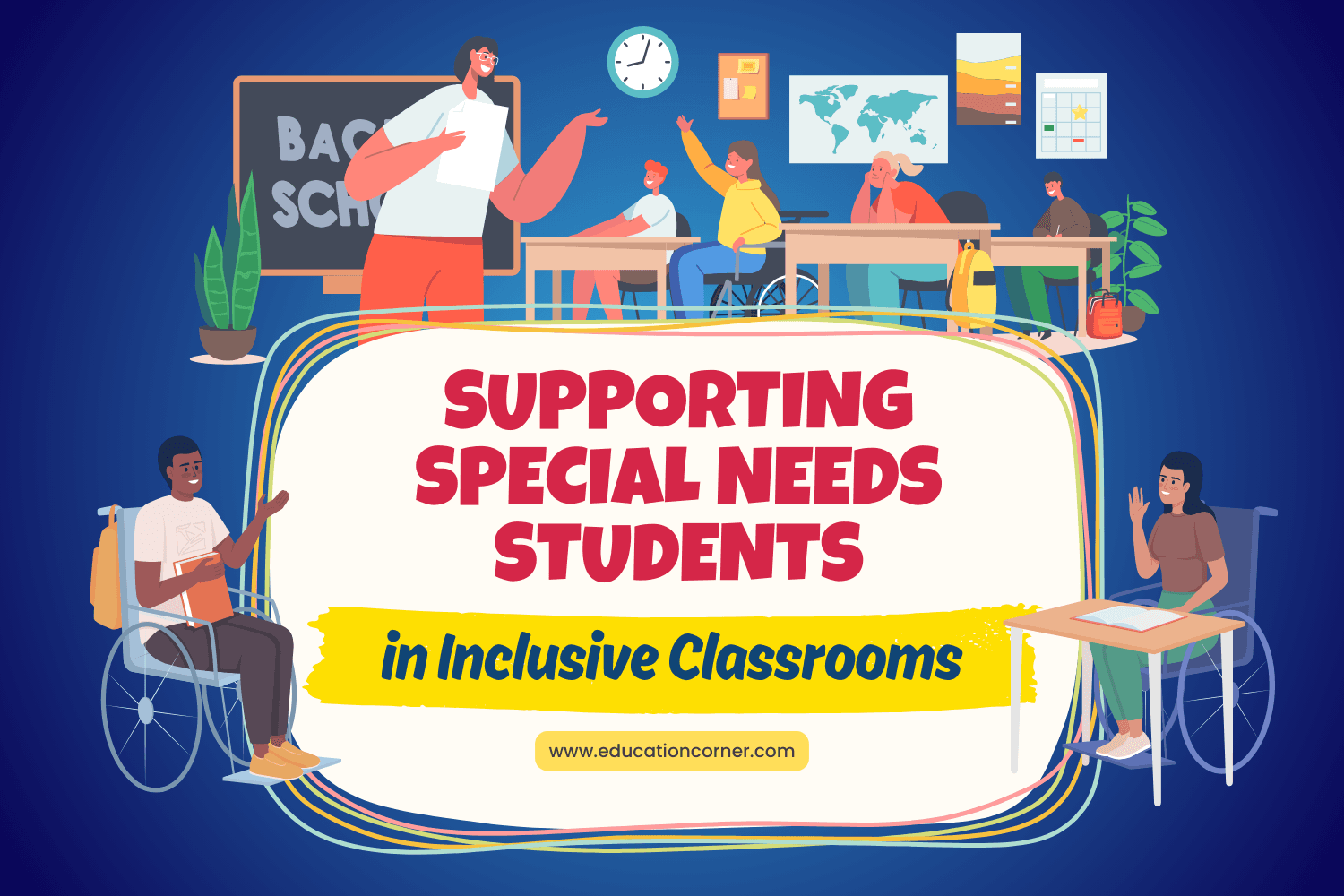It can be very difficult teaching special needs children within inclusion classrooms. Both disabled and non-disabled students learn together in inclusion classrooms. It can be exceptionally difficult for teachers overseeing crowded inclusion classrooms. However, various strategies exist for teachers working with both disabled and non-disabled students in the same classroom.
Understanding the Disabilities in an Inclusion Classroom
Teachers knowledgeable about various disabilities can better assist special-needs children within an inclusion classroom. Since more children are struggling with autism, for example, teachers understanding how to work with autistic children can be more effective when instructing these children.
If an autistic child is enrolled in the teacher’s class, he or she should meet with the parents to understand the specifics of their child’s autism. This information combined with a general knowledge of the disability will enable teachers to be better prepared to handle any problems during the course of classroom instruction. Teachers understanding and knowledgeable about specific disabilities will be able to more effectively manage their classroom.
Using the Students to Help Meet Needs in an Inclusion Classroom
Students within the classroom frequently provide valuable support for teachers overseeing inclusion classrooms. Many teachers have learned that when they utilize non-disabled students in their classrooms they are better able to work with special-needs students.
Many times, teachers assign good students to work individually with their special-needs peers. This not only reduces stress, but it also enables the teacher to spend more time working individually with other struggling students. Students also learn how to work in teams. The following are ideas of how students can be used to assist special-needs students:
- A student can remind a student with attention deficit problems to keep a list of upcoming due dates for homework assignments
- A student can be assigned to teach an autistic student about classroom manners
- A student with exceptional reading skills can work individually with a student who struggles to read
It’s not recommended to overly rely on students, but students with opportunities to work with their special-needs peers can benefit just as much as the students they help.
Additional Options for Teachers in an Inclusion Classroom
Schools often provide teachers overseeing inclusion classrooms with student aids. However, this is often not available in schools struggling with budget problems.
Many teachers can better help special-needs children by altering their teaching styles. For example, teachers with classrooms full of students struggling with attention deficit problems can utilize more learning activities in classroom instruction. This will maintain the attention of children while they learn. However, teachers altering their teaching styles often must spend more time preparing lessons outside the classroom.
It can be very difficult teaching young students while simultaneously having to attend to the needs of special-education children. This is becoming especially difficult since classrooms are full of more students and school districts’ budgets nationwide are becoming smaller and smaller. However, teachers who spend more time outside the classroom preparing lessons and learning about various learning disabilities can successfully manage an inclusion classroom.

